What is the most common type of aquaculture?
Struggling to understand aquaculture? You're not alone. Many find the variety of farming methods confusing, making it hard to see where the real opportunities are in this growing industry.
The most common type of aquaculture is fish farming. It involves raising fish commercially in tanks, ponds, or ocean enclosures. Species like carp and tilapia are popular choices worldwide due to their adaptability and market demand.
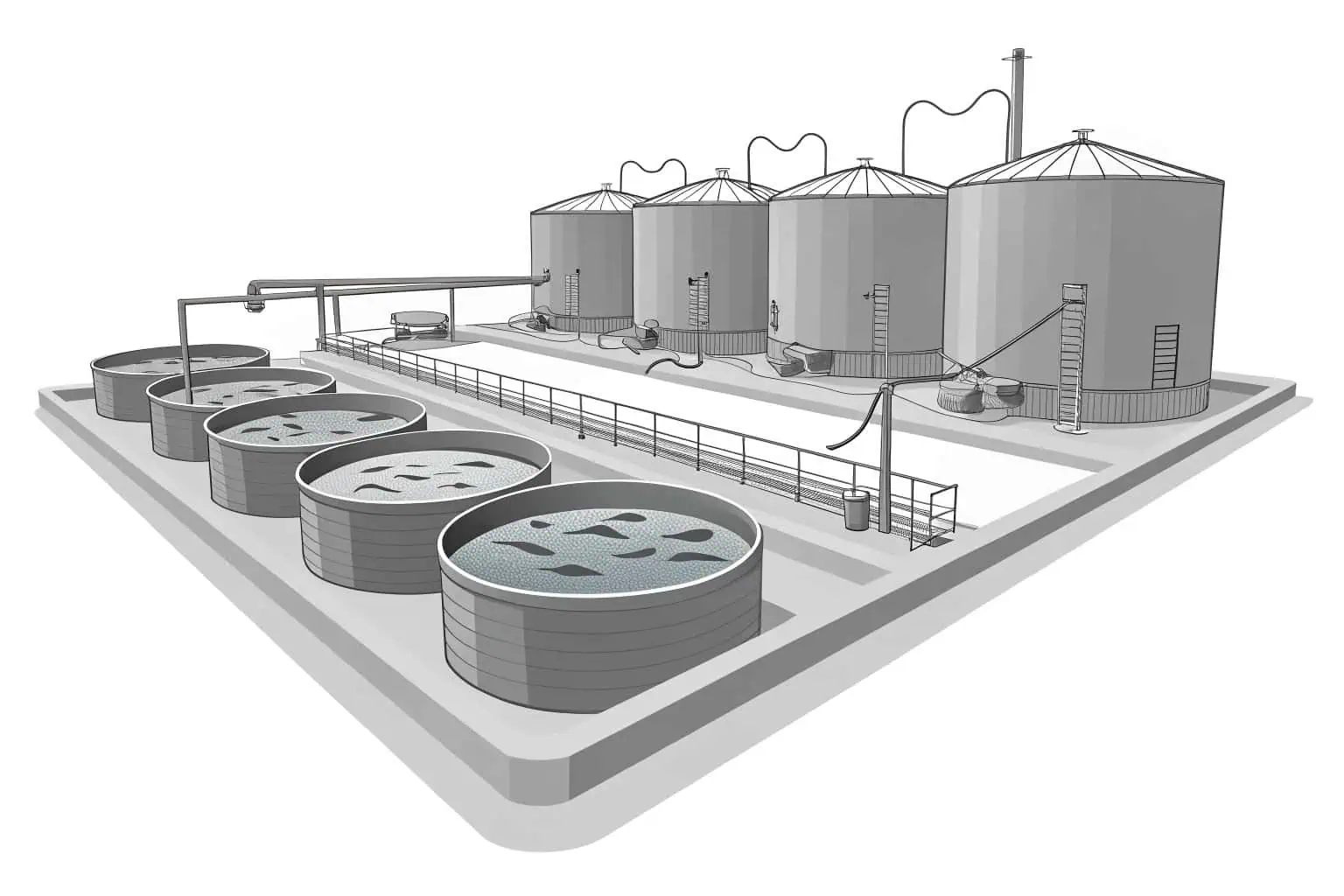
As someone who has spent years in this field, I've seen firsthand how aquaculture is changing how we get our seafood. It's a dynamic industry with a lot of potential. Let's explore some of the key areas to better understand how it all works. I want to share what I've learned to help you see the bigger picture.
What is the most common aquaculture?
Wondering which type of aquaculture dominates the global market? It can be tough to pinpoint the biggest player when so many different methods exist, from raising shellfish to seaweed farming.
Fish farming is the most common form of aquaculture globally. This practice focuses on breeding and harvesting fish in controlled environments, meeting a significant portion of the world's demand for seafood.
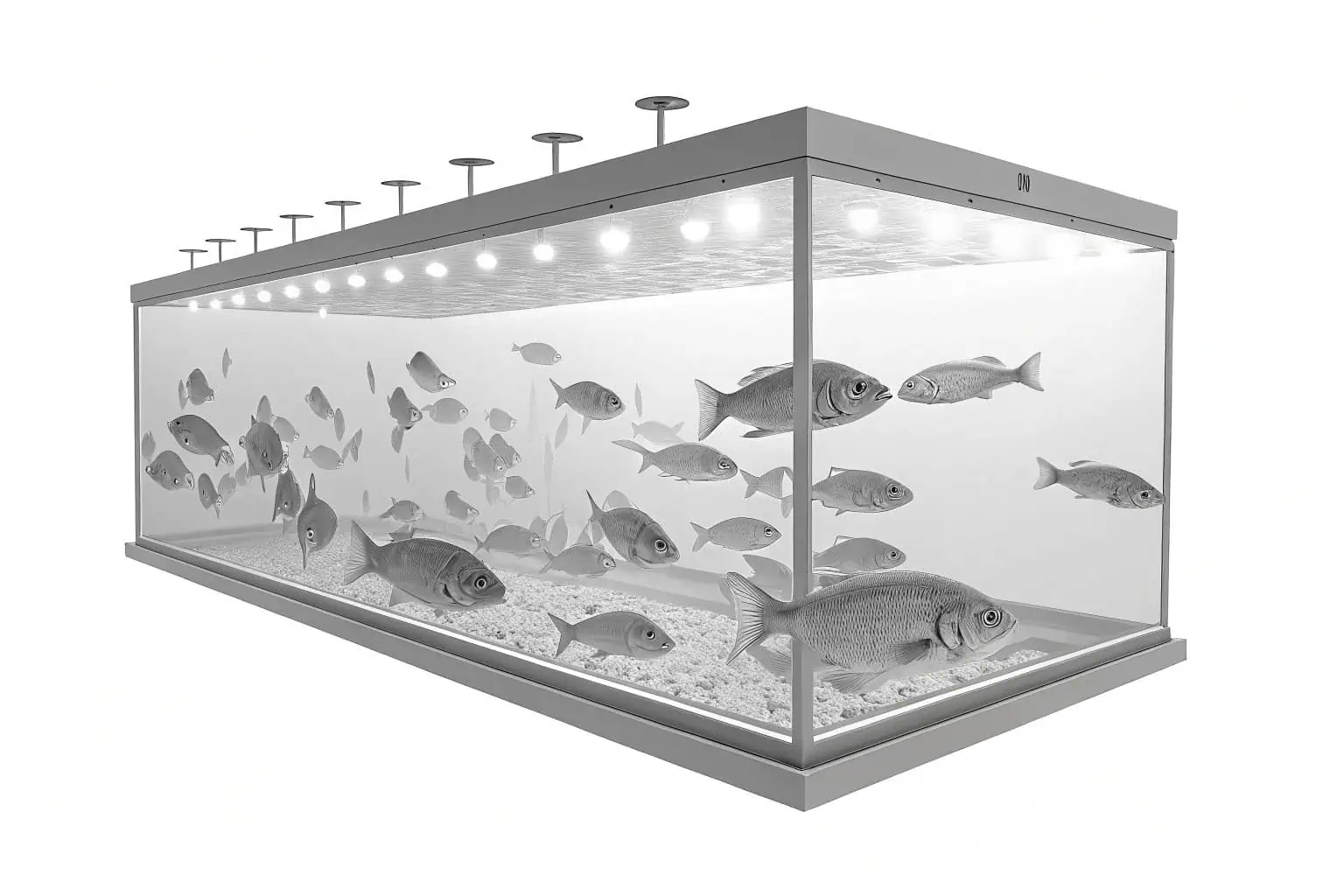
From my experience, the scale of fish farming1 is truly impressive. While it's the most common, it's helpful to see how it compares to other types. I've worked with various forms, and each has its unique focus. Fish farming's dominance is due to its direct contribution to the global protein supply and its versatility. It can be adapted to different environments, from freshwater ponds to marine cages. To give you a better perspective, I've put together a table that breaks down the main categories of aquaculture. This helps clarify why fish farming stands out, but also shows the importance of other types like mariculture and algaculture in the broader industry.
Comparing Aquaculture Types
Here’s a look at the major types of aquaculture and what makes them different:
| Aquaculture Type | Focus | Environment | Key Examples |
|---|---|---|---|
| Fish Farming2 | Raising finfish | Freshwater or Saltwater | Tilapia, Carp, Salmon, Catfish |
| Mariculture3 | Cultivating marine organisms | Oceans, Coastal Waters | Oysters, Mussels, Seaweed, Shrimp |
| Algaculture | Farming algae | Ponds, Bioreactors | Spirulina, Chlorella |
| Inland Saline | Using salty inland water | Arid regions | Shrimp, Tilapia |
Why Fish Farming Leads
Fish farming leads because fish are a primary source of protein for billions of people. The demand is consistently high. Furthermore, the technology and methods for fish farming are well-established, making it a more accessible and predictable venture for both small-scale farmers and large corporations. My work with Bancy's collapsible tanks4 shows how innovation continues to support this sector, offering flexible and efficient solutions for various farming needs. While other forms of aquaculture are growing, especially with the rising interest in seaweed and shellfish, fish farming remains the cornerstone of the industry due to its scale and direct impact on food security.
What are the main types of aquaculture?
Feeling overwhelmed by the different aquaculture systems? With so many options, from open-ocean cages to indoor tanks, it's hard to know which method is used for which species.
The main types of aquaculture include mariculture (marine), freshwater culture, and brackish water culture. These are further divided by production systems like ponds, raceways, cages, and recirculating aquaculture systems (RAS).
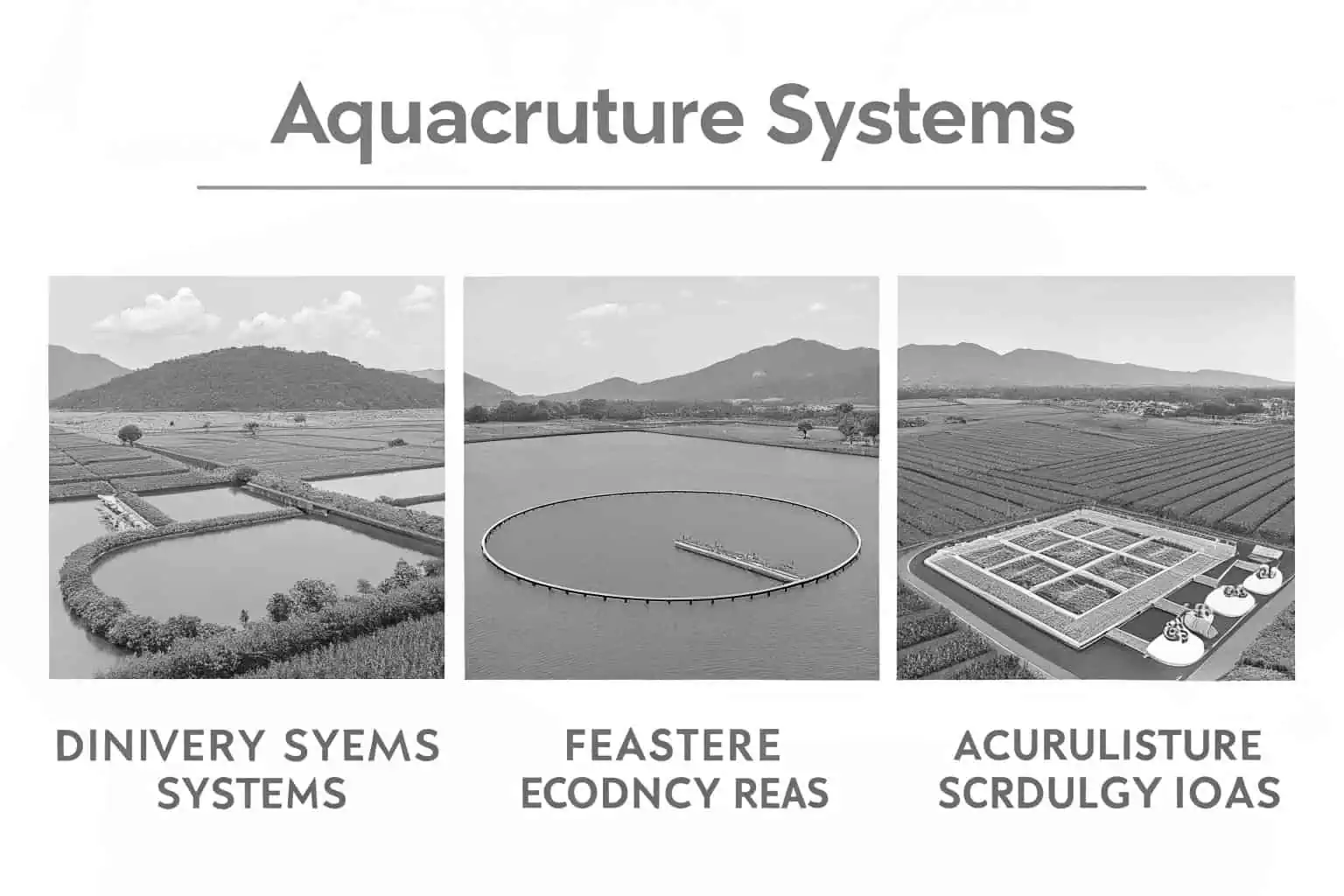
I've had the chance to work with several of these systems, and each has its own set of pros and cons. The choice of system often depends on the species you're raising, the local environment, and your budget. For example, pond systems5 are great for fish like carp, while cages are often used for salmon in the open ocean. Understanding these different types is the first step to appreciating the complexity and ingenuity of modern aquaculture6. Let's break them down further.
Production Systems Explained
To give you a clearer idea, here’s a simple breakdown of the most common systems I've encountered:
| System Type | Description | Common Species |
|---|---|---|
| Ponds | Earthen ponds are the most traditional system. They are relatively simple and inexpensive to build. | Carp, Tilapia, Catfish |
| Cages | These are floating enclosures placed in lakes, rivers, or oceans. They use existing water bodies. | Salmon, Tuna, Sea Bass |
| Raceways | Long, narrow tanks with continuous water flow. They allow for high-density farming7. | Trout, Shrimp |
| RAS | Recirculating Aquaculture Systems8 are indoor, closed-loop tank systems that filter and reuse water. | Barramundi, Eel, Sturgeon |
Which System is Best?
There's no single "best" system. It really depends on your goals. Ponds are fantastic for extensive, low-input farming, which is why they are so common in Asia. I've seen massive pond farms9 that produce incredible yields. Cages are effective for farming in large, open waters, but they come with risks like storm damage and escapes. Raceways are more intensive and require a constant source of fresh water. RAS is the most high-tech option. It gives you complete control over the environment but requires a significant investment in equipment and energy. At Bancy, we provide products like collapsible fish tanks10 that offer a flexible solution, especially for temporary or small-scale setups that need to be reliable and easy to manage.
What is the most commonly fished fish?
Curious about which fish species tops the charts in aquaculture? With thousands of species being farmed, it's difficult to know which ones are the most important for global food supply.
Carp and tilapia are among the most commonly farmed fish in the world. Their fast growth, resistance to disease, and ability to thrive in various conditions make them ideal for aquaculture.
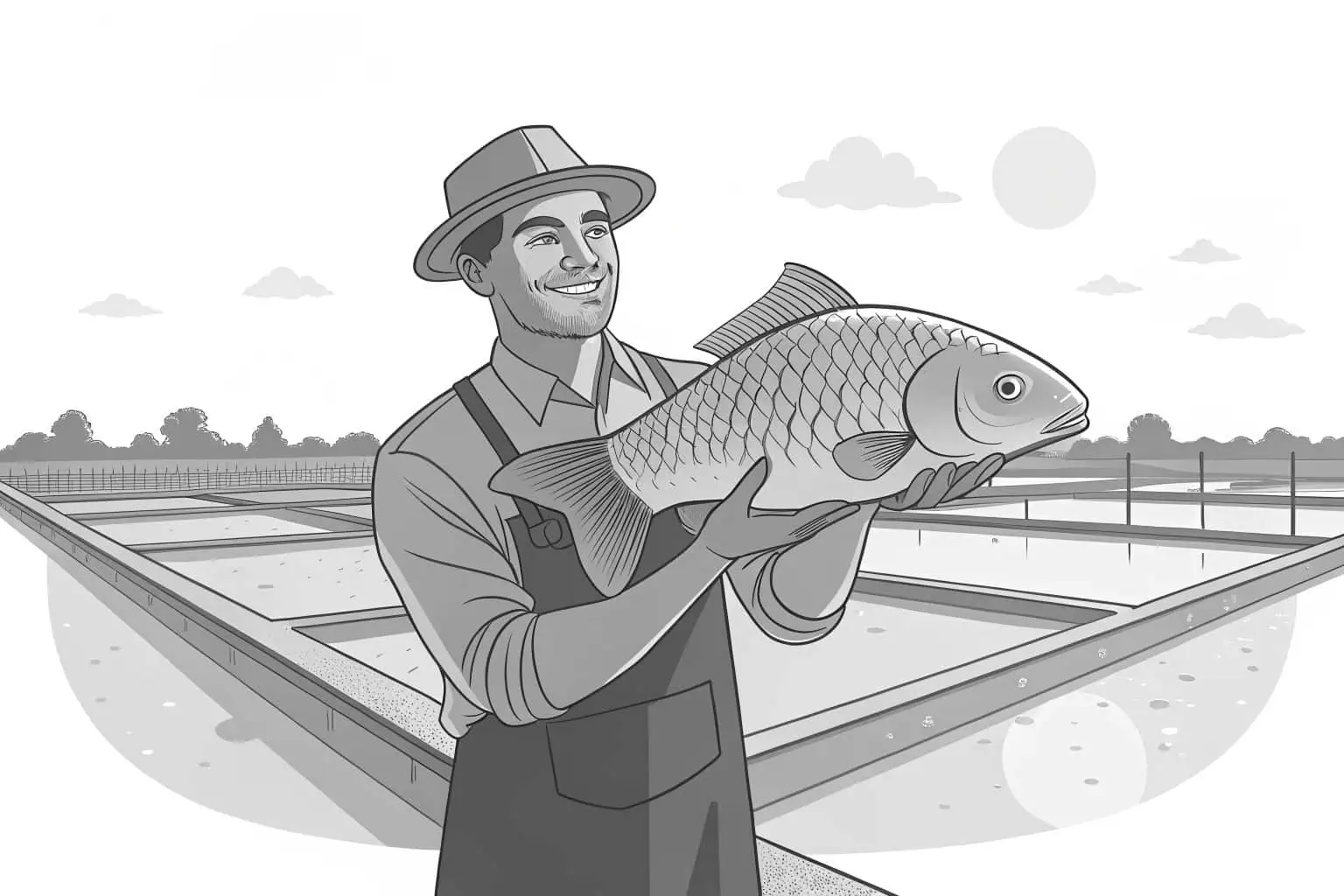
In my own work, I've raised both carp and tilapia, and I can tell you they are incredibly resilient. They are the backbone of freshwater aquaculture11 for a reason. Their popularity isn't just about how easy they are to grow; it's also about their role in providing affordable protein to millions of people. To illustrate the diversity of top-farmed species, I've created a table that highlights their key features and where they are most commonly farmed. This gives a clearer picture of the global landscape of fish farming.
Top Farmed Fish Species
Here is a look at the most important fish in aquaculture:
| Fish Species | Key Characteristics | Common Farming Regions |
|---|---|---|
| Carp | Hardy, omnivorous, fast-growing | Asia, Europe |
| Tilapia12 | Fast growth, disease resistant, adaptable | Asia, Latin America, Africa |
| Salmon13 | High market value, requires cold water | Norway, Chile, Scotland |
| Catfish | Tolerant of low oxygen, bottom-dweller | USA, Vietnam, Nigeria |
Why These Species?
The dominance of these species is no accident. They have been selectively bred over generations to enhance desirable traits like growth rate and disease resistance14. For a farmer, predictability is key, and these species deliver. For example, the fast growth cycle of tilapia means a quicker return on investment, which is crucial for commercial viability15. Carp's ability to thrive in simple pond systems makes it a staple for millions of small-scale farmers. Salmon's high market price justifies the more intensive and costly cage farming methods. Understanding these factors is essential for anyone looking to enter the aquaculture business.
What is the most common production system used in global aquaculture?
Ever wonder how most of the world's farmed fish are raised? There are many advanced technologies out there, but one simple method remains the most popular and productive on a global scale.
Pond culture is the most common production system used in global aquaculture, especially in Asia. These earthen ponds provide a simple, cost-effective, and highly productive environment for raising freshwater fish.
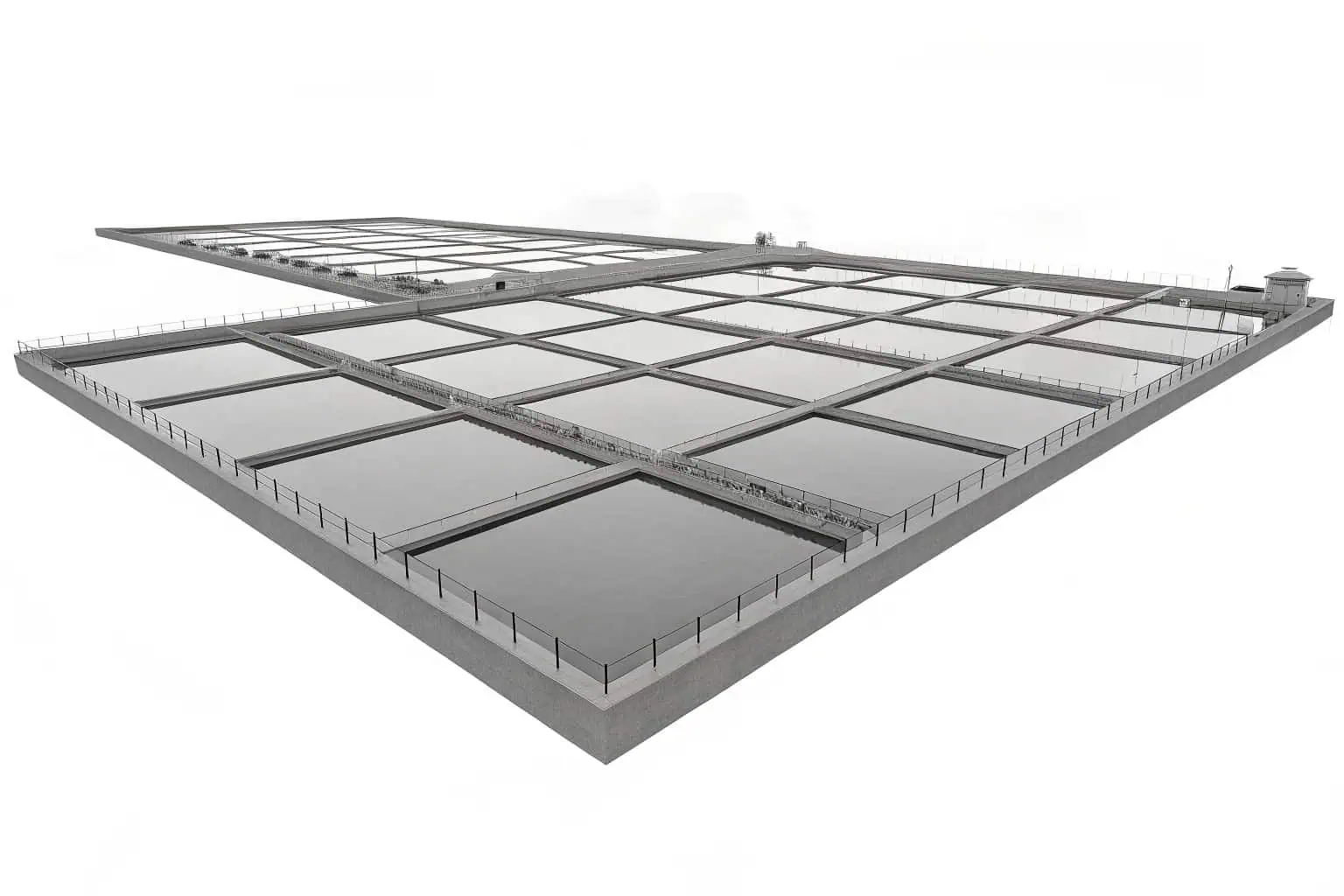
I've visited pond farms that stretch as far as the eye can see, and their output is staggering. While high-tech systems like RAS16 get a lot of attention, the humble pond is still the workhorse of the industry. Its simplicity is its strength, allowing farmers to produce large quantities of fish with relatively low investment. To better compare the different systems, I've put together a table that outlines their pros and cons. This helps to understand why ponds are so widespread but also where other systems might be a better fit.
Comparing Production Systems
Let's weigh the advantages and disadvantages of each major system:
| Production System | Pros | Cons |
|---|---|---|
| Pond Culture17 | Low cost, simple to manage, high volume | Land intensive, vulnerable to predators, disease risk |
| Cage Culture | Uses existing water bodies, good for high-value fish | Risk of escapes, storm damage, potential for pollution |
| Raceways | High density, good water quality control | Requires large and constant water volume, high energy use |
| RAS18 | Water efficient, biosecure, location independent | High initial cost, complex management, energy intensive |
The Future of Production Systems
While ponds will likely remain dominant for the foreseeable future, I see a trend towards diversification and intensification. As land and water become more scarce, systems like RAS will become more important. I'm also seeing a lot of innovation in hybrid systems19 that combine elements of different methods. For instance, using a collapsible tank from Bancy for the nursery stage before moving fish to a larger pond. This kind of flexibility is key to building a more resilient and sustainable aquaculture industry. The future is not about one system replacing another, but about using the right tool for the right job.
Conclusion
In short, fish farming, especially of species like carp and tilapia in pond systems, is the most common form of aquaculture, providing essential protein to the world.
-
Explore this link to understand the significant role fish farming plays in global protein supply and its adaptability. ↩
-
Explore the advantages of fish farming, including sustainability and economic benefits, to understand its impact on aquaculture. ↩
-
Learn about mariculture's unique practices and its role in sustainable seafood production compared to traditional fishing methods. ↩
-
Discover how collapsible tanks can enhance fish farming operations, offering innovative solutions for farmers. ↩
-
This resource will provide insights into the benefits of pond systems, helping you make informed decisions for fish farming. ↩
-
Exploring this link will deepen your understanding of modern aquaculture practices and their significance in sustainable fish farming. ↩
-
Learn about high-density farming techniques to maximize yield and optimize space in fish farming. ↩
-
Explore this link to understand how RAS can enhance sustainability and efficiency in aquaculture. ↩
-
Explore the advantages of pond farms, especially in Asia, for sustainable and low-input farming. ↩
-
Discover reliable and flexible solutions for small-scale setups with collapsible fish tanks. ↩
-
Explore this link to understand the significance of freshwater aquaculture in global food security and sustainability. ↩
-
Explore the advantages of Tilapia farming, including its fast growth and adaptability, which make it a popular choice in aquaculture. ↩
-
Discover why Salmon is highly valued in aquaculture, including its demand and the specific farming conditions it requires. ↩
-
Explore this link to learn effective strategies for enhancing disease resistance in aquaculture, ensuring healthier fish and better yields. ↩
-
Discover insights on boosting commercial viability in aquaculture, helping farmers maximize profits and sustainability. ↩
-
Learn about high-tech systems like RAS and how they compare to traditional methods in fish farming. ↩
-
Explore this link to understand the benefits and challenges of Pond Culture, a popular method in aquaculture. ↩
-
Learn about RAS, a cutting-edge aquaculture system, to see how it can optimize fish production sustainably. ↩
-
Understanding hybrid systems can reveal cutting-edge methods that improve resilience and sustainability in aquaculture. ↩